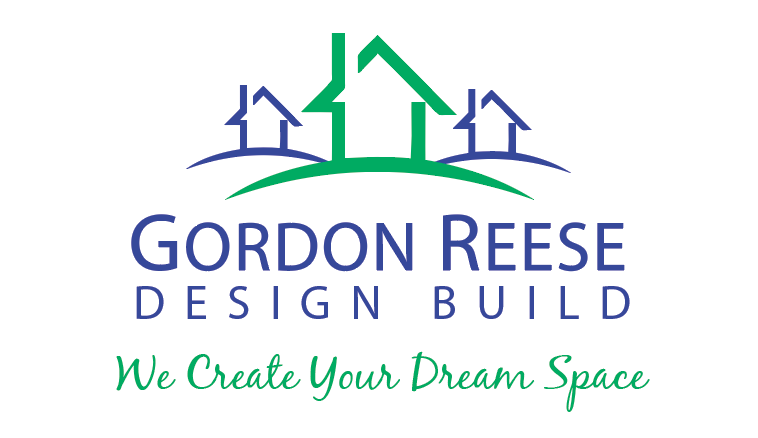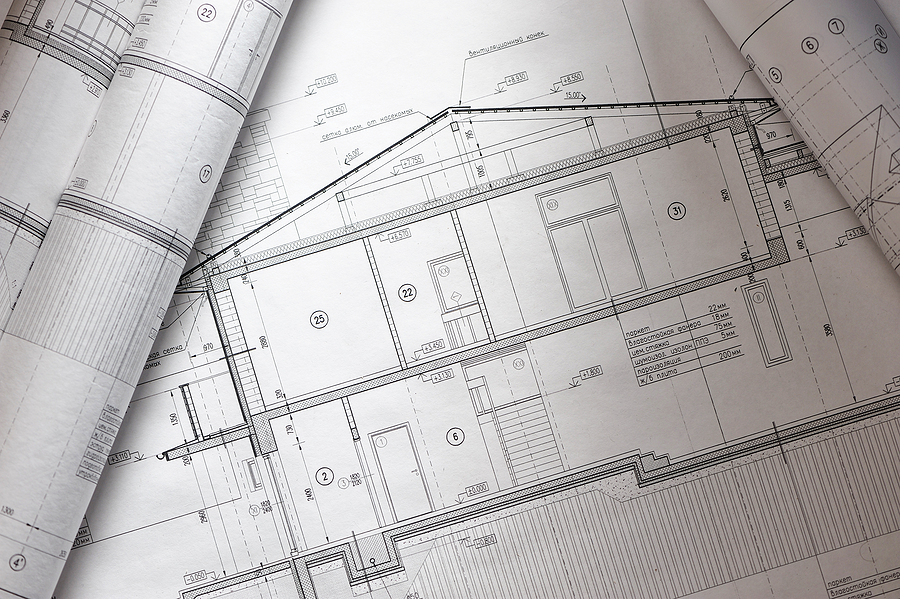Find the Best Floor Plans For Working From Home. Whether you need an office, bedroom, or entertainment space, we have a variety of floor plans that can help make your homework for you.
A little over a year ago, the coronavirus pandemic turned the entire nation into homebodies. Now architects, builders, and interior designers address the pain points of home remodeling that surfaced when our homes became our offices, schools, and entertainment sites. Virtually the moment the pandemic started, everyone realized they would need a place to work and a place for their children to do schoolwork. As the design trend that has dominated home layouts over the past few years, open floor plans or “great rooms” offer clear sight lines and great entertaining space. Still, the global pandemic has highlighted some of the disadvantages to an open floor plan.
Builders and designers look at floor plans and figure out new ways to combine or separate space for different functions. For example, you can move the kit from an upper-level laundry room to a closet and convert the laundry room to a small office. Or you could open up more space for a loft-like area for homework or an office.
Contents
Need a “Zoom Room” or a Phone Booth-Size Office?
This can be carved out of various spaces in the home, including a dining room or a bedroom, but big open floor plans aren’t conducive for business or school Zoom calls.
A recent CNBC survey discovered that many people currently working from home don’t want to go back to the office, even after businesses reopen. Of those surveyed, 87% said they’d be glad to continue working from a home office. It’s no wonder since you have all the comforts of your home available to you that many would prefer to stay home and closer to their families and loved ones.
Here are some essential tips for creating a practical and beautiful home office design that works for the whole household:
1) The Location is Key
The key to choosing the right place for your home office is to think about where and when you do your work. If you’re a professional, you’ll want to select a space that’s away from your household’s daily flow and distractions. No window? Place your desk to face the door instead, or place a pleasing piece of artwork or an inspirational pinboard above your desk. Both will give your eyes a rest and something to focus on when you look up from your work.
2) Allow Space
Can you move easily or stand up and sit back from your desk? To avoid issues, use the same vital measurements designers use to layout a workstation – allow at least 60″ in width and 84″ in depth.
3) Shelving and Storage
Make sure to include enough storage with shelving, filing cabinets, or cupboards. Utilizing any spare shelves for small decorations can liven up the interior of your office and give you something to look at while taking a break from your screen.
4) Meet and Greet
Are you meeting clients or customers during the day? Do you have a small, dedicated meeting area? If not, plan for some additional seating in your home office design to allow for sit-down meetings—socially distanced, of course.
5) Lighting
Choose a location in your home with some natural light and a view of the outside, if possible. Good lighting is critical for any home office space. An overhead ceiling light will provide good general lighting. A pair of open-top floor lamps placed in the corners of your room will do the same. Include a desk light to provide shadow-free task lighting and extra light in the evenings. Add some full spectrum daylight bulbs to your light fixtures for an extra boost.
Choosing the Best Floor Plans For Working From Home
A well-imagined floor plan is an excellent tool to organize your thoughts and make sure you’ve covered all your bases regarding getting your work done and feeling satisfied with space. At Gordon Reese Design Build, we pride ourselves on helping clients turn what’s been dreamt of onto paper and into reality! Give us a call at 925-261-7387 or email us at info@gordonreese.com to book a free consultation.


Recent Comments